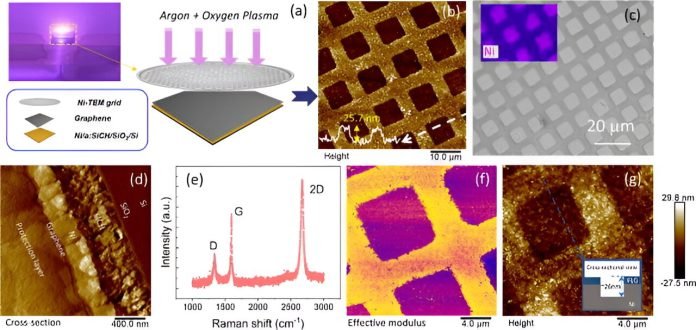
Researchers have developed a groundbreaking technique to increase the capacity of sodium-ion batteries, offering a promising alternative to lithium-ion batteries.
This research, published in Applied Physics Reviews, was led by Professor Oleg Kolosov from Lancaster University and Professor Zhigao Huang from Fujian Normal University.
Key findings were also contributed by Associate Professor Yue Chen from both Lancaster and Fuzhou.
Professor Kolosov explained, “Nanoscale studies of rechargeable storage are essential for the development of new, efficient, and safe batteries.
This study will enable a cheaper and safer energy storage alternative to lithium-ion batteries. Lithium is much scarcer and harder to mine compared to sodium.”
Sodium-ion batteries could become a more sustainable and cost-effective solution for energy storage. However, increasing their capacity has been a significant challenge.
The researchers tackled this problem by developing a unique technique called electrochemical ultrasonic force microscopy (EC-UFM).
This technique allows for the nanoscale imaging of battery interfaces directly during their operation, something that was not possible with previous methods.
EC-UFM enabled the researchers to observe the formation and properties of a crucial component in these batteries called the solid-electrolyte interphase (SEI). The SEI layer is vital because it affects the battery’s capacity, power, and longevity.
By guiding the formation of the SEI layer during the charge and discharge processes, the scientists discovered how to maintain efficient charge transfer between the electrolyte and the electrode.
The new technique, developed as part of the NEXGENNA Faraday Institution project, uses a solvent to help integrate sodium into the carbon electrode.
This process, known as co-intercalation, enhances the battery’s performance by preserving the shuttling of charge carriers. As a result, the sodium-ion batteries become more powerful and efficient.
This breakthrough addresses a long-standing problem in battery technology, paving the way for more reliable and longer-lasting sodium-ion batteries.
The researchers believe that their findings will ultimately improve the cycle stability, lifespan, and capacity of these batteries, making them a viable alternative to lithium-ion batteries.
In summary, this new technique for boosting sodium-ion battery capacity could revolutionize energy storage. By using EC-UFM to guide the formation of the SEI layer and improve charge transfer, scientists have made significant progress in developing safer, more efficient, and cost-effective batteries.
This innovation promises a brighter future for sustainable energy solutions.



